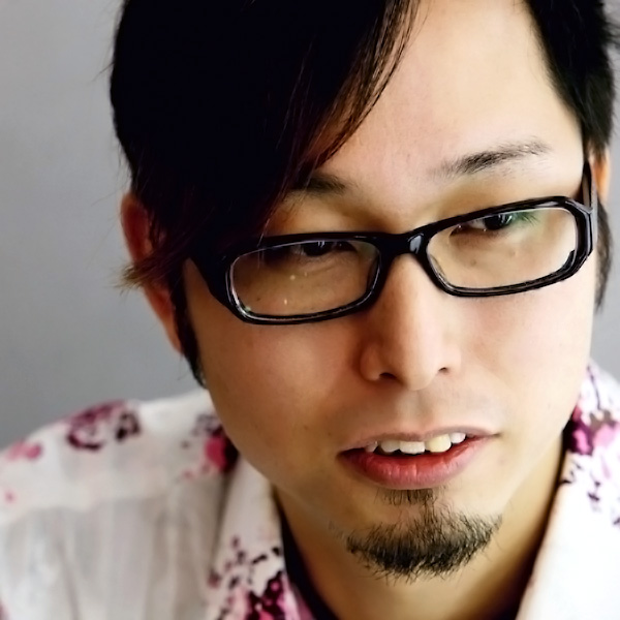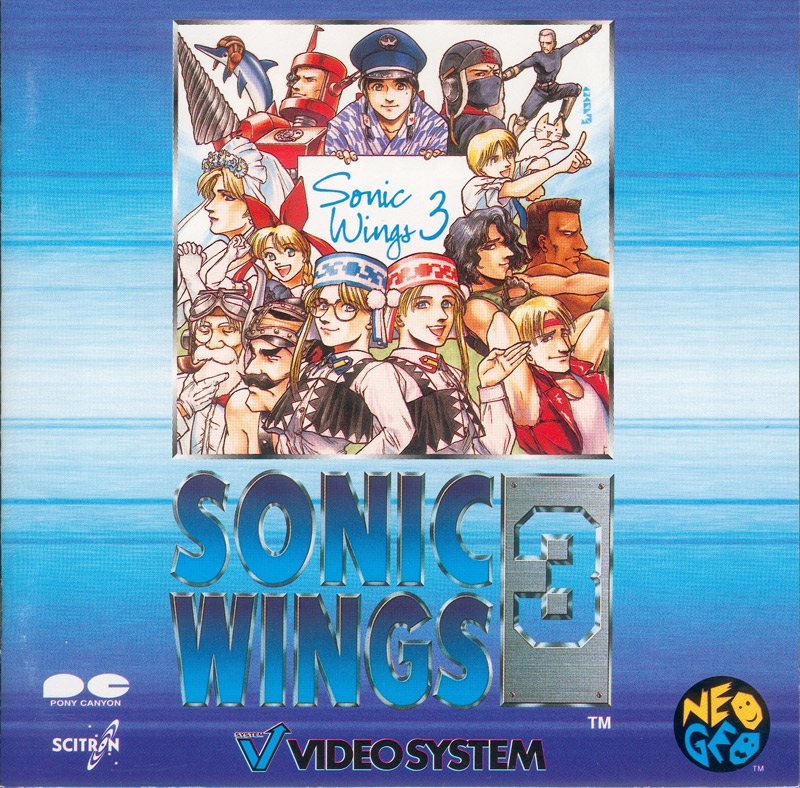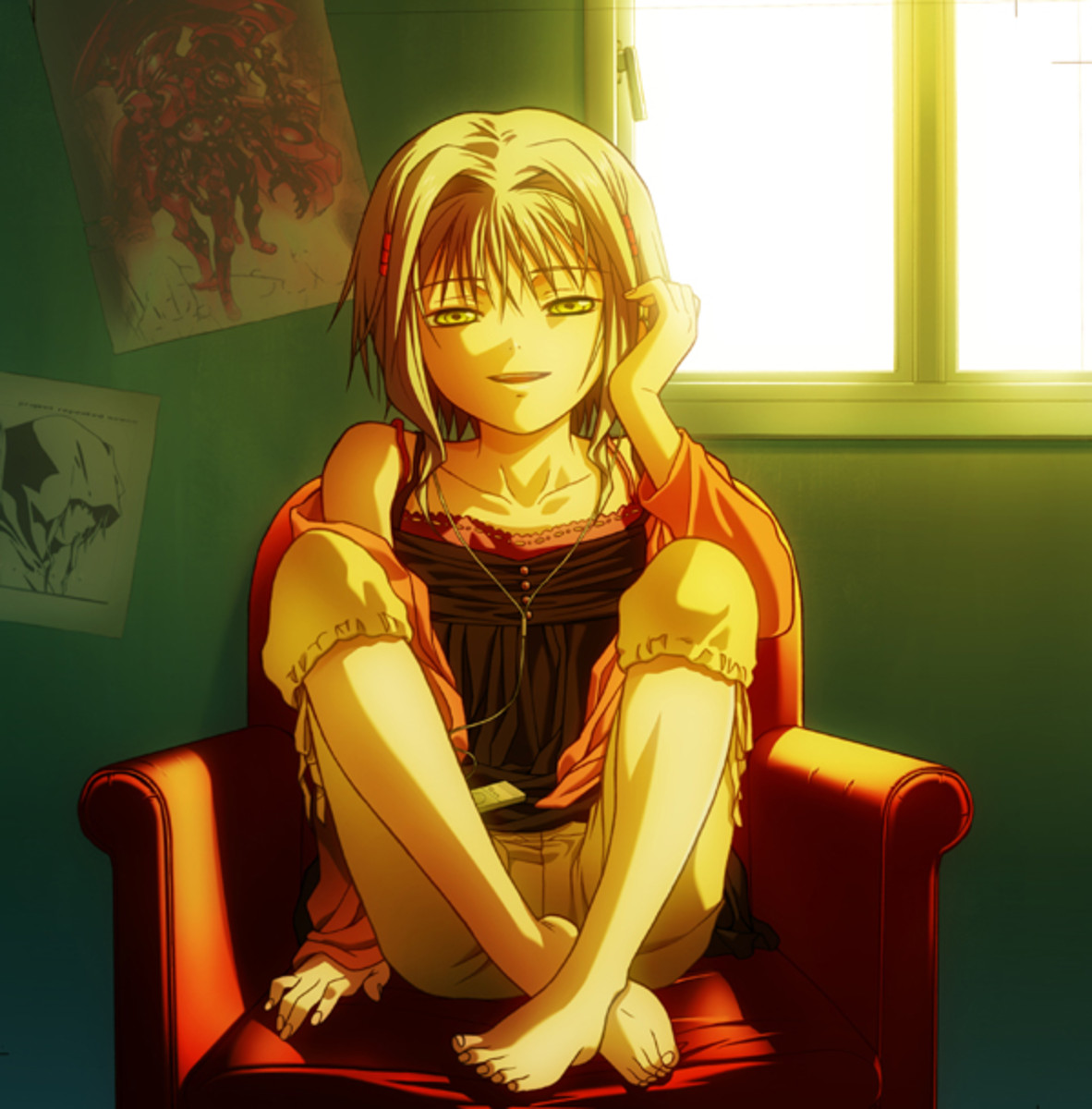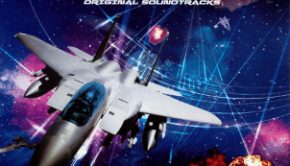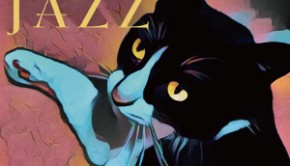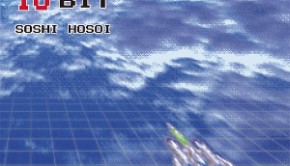Soshi Hosoi Interview: Experimental Scores and Albums
Soshi Hosoi has worked on a wide of interesting franchises over the years, Rewrite, Lost Child, Sonic Wings, and DeathSmiles among them. But perhaps more interesting is how he approaches every project differently, whether experimenting with techno and jungle music, sampling avant-garde music, or writing encompassing theme songs. He is also highly active in other fields, having produced remixes, original albums, anime scores, and radio shows.
In this charming and insightful interview, Soshi Hosoi gives Western audiences a taste of who he is and what his music sounds like. He discusses many of his career highlights to date while reflecting on his philosophies to music scoring and songwriting. This is a definitive introduction to one of gaming’s most creative yet underexposed musicians.
Interview Credits
Interview Subject: Soshi Hosoi
Interviewer: Chris Greening
Translation & Localisation: Gerardo Iuliani, Tomoko Akaboshi
Editor: Chris Greening
Coordination: Don Kotowski
Interview Content
Chris: Soshi Hosoi, thank you so much for doing this interview. First of all, could you tell us about your musical background, education, and influences? What led you to becoming a video game sound creator?
Soshi Hosoi: I felt moved whenever I witnessed the music of movies completely synchronize with the scene that was playing onscreen. The first very first scene in Star Wars or the scene where Sheeta is rescued in Castle in the Sky Laputa are two particularly memorable examples for me. Sometimes when I watched a movie on TV, I tried to synchronise it with unrelated movie music recorded on cassettes in which the voices and sound effects were removed. I played around doing that a lot, and had a lot of fun whenever the song happened to match perfectly with the scene.
I also got into video games and of course frequented arcades. I ended up imagining games complete with their screens and instruction manuals, to the point where I even drew billboard-like advertisements for them in paper sheets. I got intoxicated by game music because of Super Xevious and the album Return of Video Game Music. In the end I took a cassette recorder to the arcades and started recording the music from the games installed there. Given how the music had no limits to how it could change, I felt games were the future for soundtrack music and thus I wanted to be a game music composer.
Chris: You entered the games industry in the 1990s working on titles such as Sonic Wings series. Could you tell us about your history in the industry? How long did you work for Video System Co. and what games did you work on during this time?
Soshi Hosoi: I got into the worlds of Dragon Quest III and IV shortly after I graduated from high school, but when I finally got back to the real world after half a year, I started working for Video System Co., Ltd. Sonic Wings was in development at the time, and I was given the job of arranging and optimizing the music scores that were being sent to us from the composers we had outsourced the music to, in order to finally parse them into sound fonts.
Afterwards, I was given the task of making the sound for the arcade game Miyasu Nonki no Quiz 18-Kin, which was the pet project of the late Kenji Eno-san. I only had a chance to talk with Eno-san beforehand during the briefing session for the game, but it was still a very important experience to me, as that game became my debut work when it got released in 1992. Right after I finished working, I went to the arcades and stood in front of the cabinet, listening to how the music I had made was playing from the speakers as if it were embracing me.
After that, unfortunately the music development environment underwent a complete overhaul, and I found myself with my hands full handling the entirety of several projects: among them, four further titles in the Sonic Wings series, F1 GrandPrix Part II, BGM inspired by Balinese ethnic music for Tao Taidou, music for the SNES game Tohaiden and the like. My enrolment in the company lasted until 1997.
Chris: You scored the Sonic Wings series since its second instalment. How did you capture the intense action and diverse locations of these titles? What musical and technological innovations did you make with each instalment?
Soshi Hosoi: As the Sonic Wings series has the characteristic of having short stages, I have to make the BGMs for them very short too. However, in order to allow them to have a lasting impact on the player during the short time they play in, I frequently used tempo changes and sampled avant-garde techniques when I made the music for Sonic Wings 2. That was like my personal signature for it. Now I think about it, that kind of sampling was somewhat problematic when it came to access permissions, so please don’t be too harsh on these songs when you listen to them.
For Sonic Wings 3, I challenged myself to create a little something called jungle. I incorporated a genre that had just appeared at the time called jungle into the game’s music. I think maybe that was the first time someone tried using only jungle-style music for a game music soundtrack.
As for the Sega Saturn and PlayStation game Sonic Wings Special and their arcade version Sonic Wings Limited, I ended up doing a complete change from the manic sound I previously made. I took the simpler road of making casual BGMs for them that were more similar in nature to those from robot anime. And as a bonus for Sonic Wings Special, I also made two vocal themes for it; in the in-game setting, they were recorded in the newest CD made by one of the lead characters, Mao Mashio.
Chris: What inspired you take a new approach for each title in the series? Does it surprise you that the music is remembered to this day?
Soshi Hosoi: As we had the concept of making an entirely different sound for each game that was released for the Sonic Wings series, I made the songs for it while always embracing new challenges. The genres and melodies might have been different from a game to the other, but since I could rearrange motifs that had been used previously, I think the games still have the cohesive feeling that the parts of a series should have.
It also makes me very happy to know that the sound for Sonic Wings has gotten some degree of recognition even in the West. However, I still think I’d like to have many more people listening to the sounds I make, including for my other game projects. That would also make it possible for my own original works to become more well-known…
Chris: In more recent years, you have dedicated much of your career to writing music for visual novels. What do such games require musically? What we can expect from the music on the Sekai no Subete, Sangoku Rensenki, and Lost Child series? Why do think these games haven’t received more recognition in the world?
Soshi Hosoi: I’ve been told many times that my music is quite emotional. As a result, I feel there’s quite a bit of worth in me working on the visual novel genre, given how music is so central to their production and progression. Working on them is very similar to working in BGMs for movies, dramas and anime rather than conventional games. But given there is so little movement on screen in visual novels, the music has a much more important role, which brings a lot of opportunities to express dramatic and emotional moments.
Visual novels give a lot of importance to their scenarios. I think it’s for that reason that the costs for localizing them for several countries and the quality assurance for them would become great problems. However, I think too that the way Steam and smartphone marketplaces will be very important for remedying this in future given the way they are spreading their hands at the moment.
Chris: Through your work on such titles, you have developed a reputation as a vocal composer and arranger. Could you tell us about your songwriting process? How do you ensure your theme songs capture the game’s world?
Soshi Hosoi: I’m pretty bad at writing lyrics in comparison to how I am at composing. But even so, I’ve gotten many requests to write lyrics. If it’s for a game’s main theme, I have to include its world setting and the emotions felt by the characters appearing in it, but without giving away too much. I also have to keep on mind that I have to include some universal elements so everyone can empathize with what the song says.
In my case, I also place a lot of importance on how the phrases come off when they are pronounced and on the sensation they give off. I give this about as much importance as I give to the lyrics’ meaning itself. To me, the vocals and the instruments that give form to the melody are the same thing, which is why I’m always paying attention to how the words carried in the melody will echo to the listener. Additionally, I try to be careful about making the lyrics for the vocals and the melody match up whenever I can.
Chris: You have also been in several official arranged albums for several major franchises past and present. Could you share your memories working on albums such as KEYNOTE -Key Sounds Remix Album-, Clannad Remix Album -memento-, Ragnarok Online BGM Arrange Collection, and DeathSmiles Premium Arrange Album?
Soshi Hosoi: I got many criticisms from fans of the Key brand and the vocalist that sang “Ana -Beyond the Galaxy Mix-“, the song I made for Clannad Remix Album -memento-. However, it is actually one of the remixes I like the most. I think it was this song that gave me the chance to appear at a Key event, made possible the release of the KEYNOTE -Key Sounds Remix Album-, and allowed me to take part in Rewrite as its BGM composer.
About the DeathSmiles remix, it was also a very fun experience. I love ethnic and noise genres a lot, so explored them here. It also was quite the honor to have received requests from Manabu Namiki-san. I’d like to take advantage of these experiences and make BGMs for a shooting game again whenever I get the chance.
As for Ragnarok Online, since it’s a game that has quite a history, I was very glad to be involved in something related to it. Since I didn’t have the track data for any of the original songs, I ended up having to make the entirety of the sound by myself. The process started with me copying by ear and transcribing the music, and then I proceeded to destroy the image the original songs had to create a bold remix. It was very exciting and fun to work on it.
Chris: With Key, you moved from being a long-term arranger to a composer with Rewrite and Rewrite Harvest Festa. Looking back, how was it to make this switch? What do you think your music brought to these titles?
Soshi Hosoi: I was very fortunate to end up having such a tight relation with the sounds of a company that has such a long tradition and so many fans as Key. While the rearrangements and remixes allow me to express my own colors as much as I want, I needed to match the image given by the Key sound team when I worked in Rewrite. As a result, having to keep down the techno elements I always use to make my music served as a very fresh experience for me.
The simple approach of making songs that were catchy and easy-to-understand is a field in which I was pretty weak, but upon receiving the encouragement from other composers, I felt that my skills improved a bit. I’ve also seen live piano performances of the songs I’ve made uploaded as videos in YouTube, and it has made me very happy to know that so many people have loved my songs.
Chris: You also recently set up your own record label, hosplug. Please tell us about your albums FOUR SEASONS, Sunny Day Drive, and ALL ABOUT. How do they reflect your musicianship?
Soshi Hosoi: Sunny Day Drive is the self-titled debut album of the French-inspired technopop unit I’ve been working on alongside the vocalist YURIA-san for almost ten years now. We had to stop our activities in it for some time, but since we’ve now got a number of new songs built up, I’d like to use them to make another album soon.
ALL ABOUT on the other hand is an album where I collected all the songs that I had made for DJ events and live events up to the time of its release. It’s very valuable for me because it even has me singing (though I don’t think that has any sort of monetary value!).
And FOUR SEASONS is an album I made while wondering if I would be able to appeal to the people abroad despite my Japanese identity. As an ambient techno album, I think it’s a work that would allow anyone to relax and concentrate whenever they listen to it.
Chris: You have also made contributions to other fields, for example as a radio personality and an animation composer. Could you elaborate further on this? What roles are you most proud of?
Soshi Hosoi: In terms of anime, I’ve created music for the series Onegai☆Twins, Kashimashi -Girl Meets Girl- and AYAKASHI. My next goal isn’t just to make BGM, but also try making a main theme song for a series.
As for being a radio personality, this is basically me playing around. I’m not really good at all when it comes to speaking, but I thought it could be double the fun to let people listening to my music know about who the person Soshi Hosoi actually is.
And the moment that made me the happiest was when I participated alongside voice actor Hiroshi Takahashi-san in the talk event of the “Futari Yogari” show, and Akio Otsuka-san (famous for being the voice for Snake from Metal Gear Solid) came in and we ended up doing a comedy skit with him. That was one of the most important experiences I’ve ever had.
Chris: Many thanks for your time today. What can fans of your music look forward to in the future? Do you have any messages to readers around the world?
Soshi Hosoi: I’m very thankful that I got a chance like this one to let everyone living outside Japan to know more about me. I am aware there is a language barrier and there aren’t many chances for my music to extend outside Japan. However, I really wish that many more people will end up listening to my music and end up liking it. I have several works that can be bought in places like the iTunes Music Store from many countries around the globe, so please try listening to them whenever you have a chance.
Posted on November 16, 2015 by Chris Greening. Last modified on November 16, 2015.

